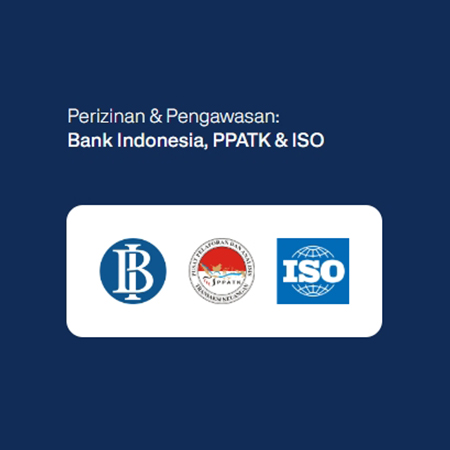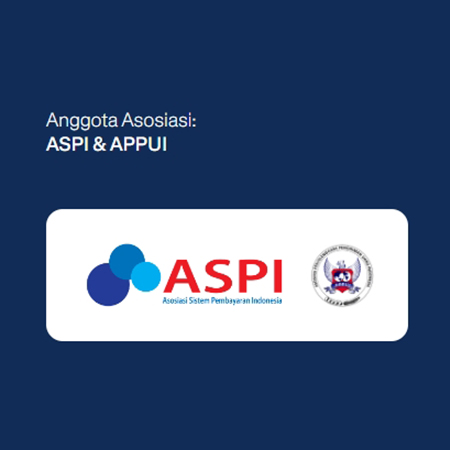
Malaysia is a developing country with several high-quality educational institutions, one of which is UM, offering a unique academic experience. However, the high tuition fees at Universiti Malaya are a significant consideration for prospective students.
Profile of Universiti Malaya
For international students, the name Universiti Malaya is familiar. This higher education institution, commonly referred to as UM, is quite popular due to its international achievements, ranking 59th globally. Established in 1949, UM has produced many accomplished graduates and boasts a strong alumni network across various sectors. Its reputation is evident across diverse fields of study.
Universiti Malaya consistently secures high rankings in the world’s best universities lists. It frequently appears in the top 100 of both QS World University Rankings and Times Higher Education World University Ranking. Impressive, isn’t it?
See Video How To Easily Send Money to 50+ Countries
Trends in Tuition Fee Increases at Universiti Malaya
Like numerous other universities, Universiti Malaya has experienced continuous tuition fee increases. Changes in education costs encompass registration fees, semester fees, and additional budget items.
The trend of tuition fee increases at Universiti Malaya is ongoing. This can be attributed to various factors, including inflation, rising campus operational costs (including facilities and technology), and the increasing demand for quality education.
Discussing the trend of tuition fee increases at UM is complex and multidimensional. Balancing the financial sustainability of the university with educational accessibility requires collaboration among various stakeholders.
Send Money Easily to Different Countries
How to Send Money to Hong kong
How to Send Money to China
How to Send Money to Malaysia
How to Send Money to Japan
Factors Influencing Tuition Fee Increases
Previously, we briefly mentioned factors influencing tuition fee increases, especially at Universiti Malaya. Here’s a deeper explanation to help you better understand:
1. University Operational
Costs Universities have operational costs for maintaining facilities, technology, and academic resources. If maintenance needs increase, the university may raise tuition fees to cover these additional expenses.
2. Education and Research Quality
Efforts to enhance education and research quality involve investments in expert human resources, advanced facilities, and cutting-edge technology. These conditions can drive tuition fee increases.
3. Inflation
Inflation is a primary factor affecting tuition fee hikes. Rising prices of goods and services lead to increased operational costs, including staff salaries, facility maintenance, and educational materials.
4. Faculty and Staff Salaries
The costs of salaries and allowances for professors, researchers, and administrative staff significantly impact university budgets. Greater financial needs can influence tuition fees.
5. Technological Changes
Technological advancements often require investments in new equipment and infrastructure. If universities adopt these changes, it can trigger tuition fee increases.
6. Demand and Competition
High demand for specific programs and courses can drive universities to raise tuition fees. Competition with other institutions regarding facilities and reputation can also have an impact.
7. Scholarship Availability and Financial Aid
If a university offers more scholarships and financial aid to students, the funding needs might be shifted to other students through increased tuition fees.
8. Regulation and Academic Standards
Changes in education regulations and academic standards can require universities to invest more resources to meet requirements, potentially leading to tuition fee increases.
9. Reduction in Public Funding
Reduced funding from the government or public sources might prompt universities to seek alternative revenue streams, such as raising tuition fees.
10. Campus Development Initiatives
If a university plans campus expansion, such as constructing new buildings or additional facilities, this can lead to tuition fee increases to fund these projects.
11. Global Economic Conditions
Changes in global economic conditions can impact currency exchange rates, affecting university operational costs. One example is the cost of materials and equipment sourced from abroad.
Impact of Tuition Fees on Educational Accessibility
The increase in tuition fees at UM significantly impacts the accessibility of higher education for prospective students. As financial needs rise, so does the barrier for students from less affluent backgrounds.
Increasing financial pressure also influences students’ decisions in various aspects. This includes choosing study programs, taking part-time jobs, or seeking additional income sources.
On the other hand, tuition fee increases at UM also raise concerns. However, it’s crucial to consider the impact on the quality of education the university provides. Additional funding undoubtedly contributes to improved facilities and more.
Financial Management Strategies for Students
Economic challenges are unavoidable issues. Therefore, students must have strong financial acumen and use their intelligence to devise well-thought-out financial management strategies.
There are many ways for students to address economic challenges due to tuition fee increases. First, students can create a careful budget plan, prioritizing expenses and avoiding excessive debt. Second, seeking part-time employment or internships for extra income. Third, utilizing scholarship programs and financial assistance from the university and external organizations to lighten the burden of tuition costs.
Use Transfez by Jack for your business needs
Download Transfez App
Transfez App can help you transfer money abroad more quickly and efficiently. Transfez Business can also help your business in making transactions abroad. For those of you who want to send money to relatives who are abroad because they are studying, working, or traveling, Transfez will be ready to help. This app is available on Android as well as iOS.
This concludes the brief analysis of tuition fees at Universiti Malaya. Hopefully, this information provides an overview and considerations for international prospective students seeking education in Malaysia.











